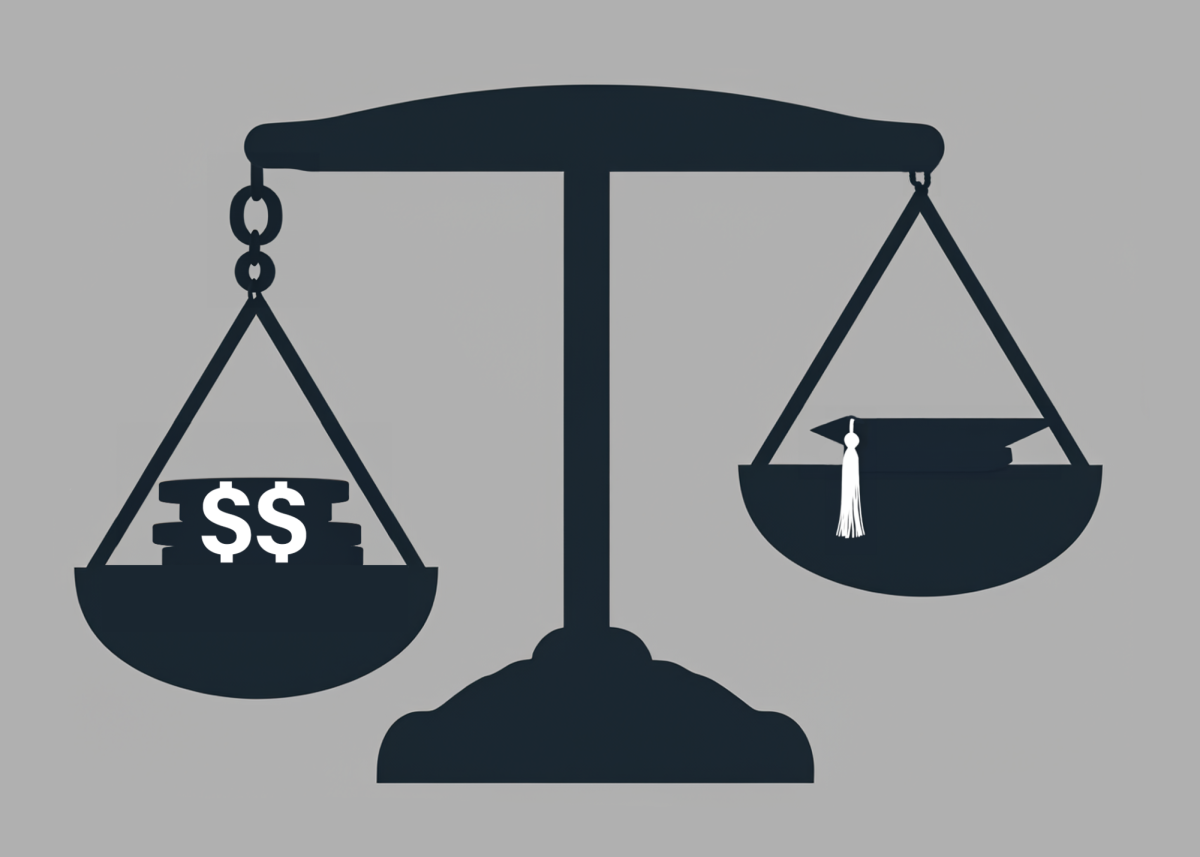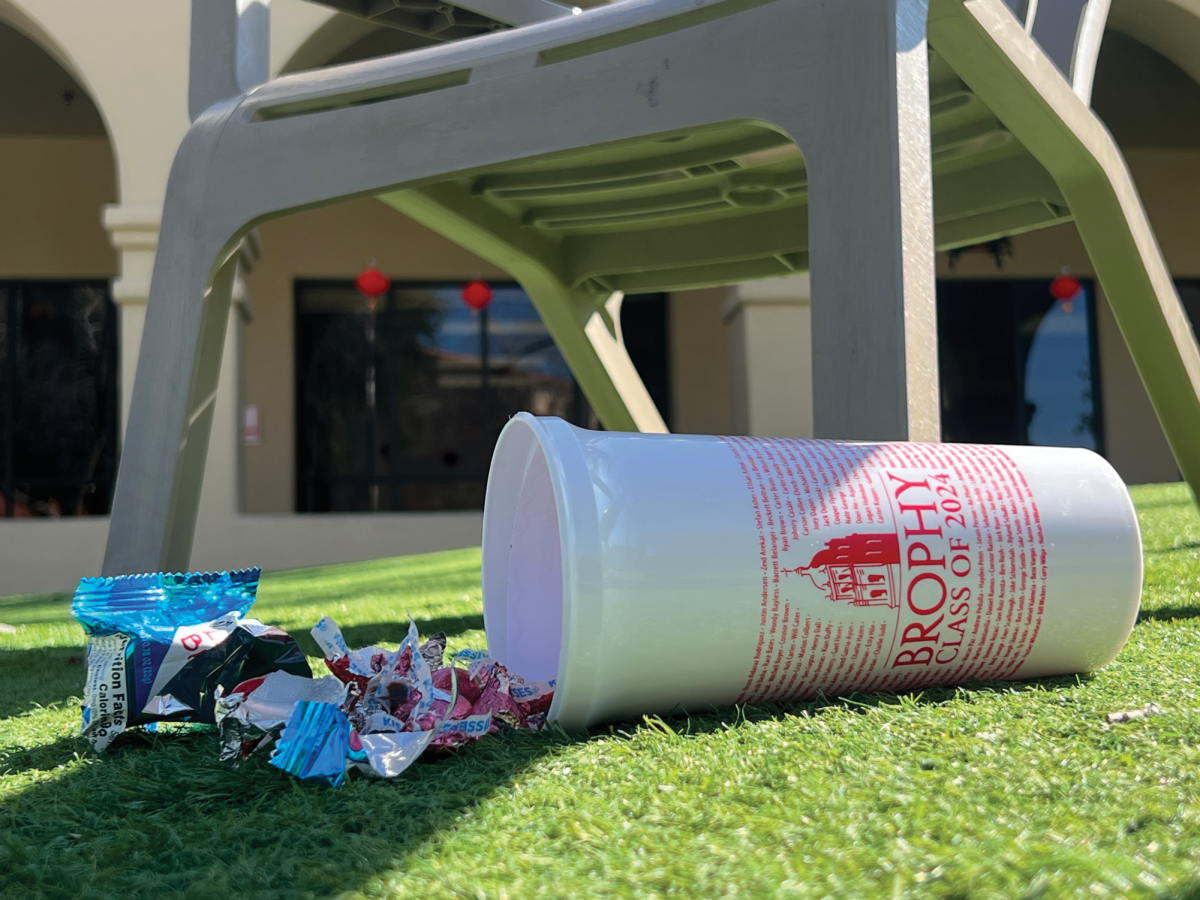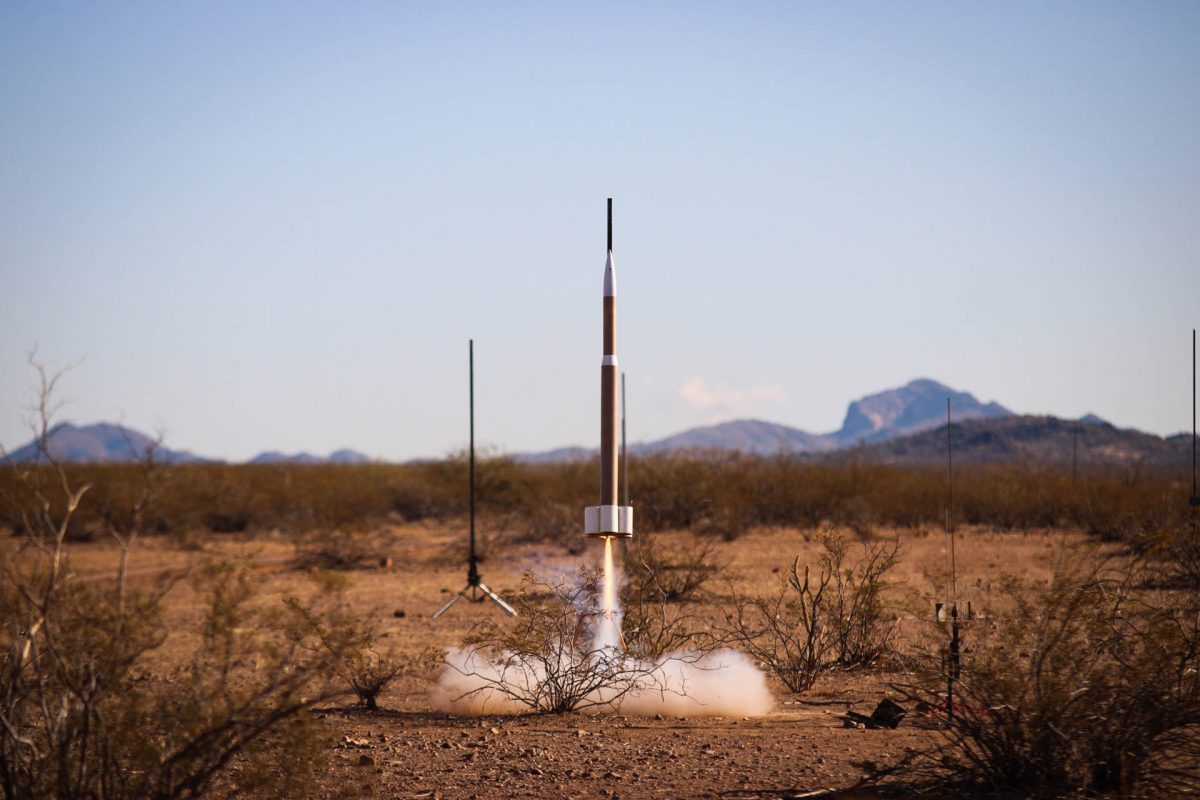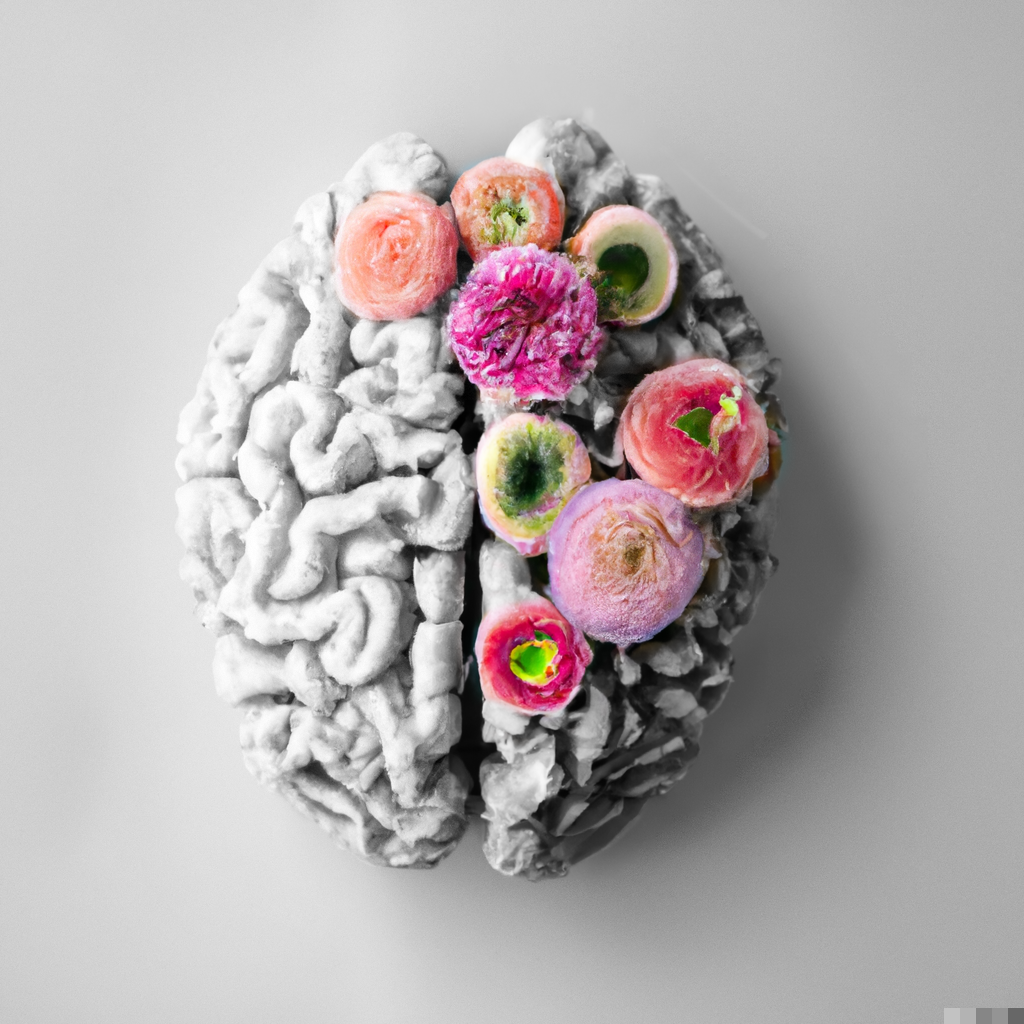By Cameron M. Bray ’16
THE ROUNDUP
Sadly, the United States has not had a particularly proud history when it comes to prisons and its correctional system, and we see this awful trend continue today.
During the country’s early history, U.S. prison inmates faced unspeakably horrendous and miserable conditions, to say the least.
“Corruption was rampant; prisoners were expected to bribe their keepers for minimally adequate treatment, and those without money were often allowed to die of neglect. The buildings, too, could prove fatal … many were dilapidated residences that had been quickly fitted with bars and padlocks. Hygiene was appalling … and rarely was there fresh provisions or clean water,” wrote historian Jack Lynch in an article on the website of the Colonial Williamsburg Foundation, which specializes in early American history.
Even today the United States is struggling to create a system that is fair and just for the prisoners, while still being correctional and punitive as well.
The United States has an unduly high prison population, due in part to its harsh policy of assigning mandatory minimum sentences to offenders, and it must enact reforms in order to create a justice system that is just.
Most ominously, the United States has the world’s highest population of prisoners.
There were 1,574,700 inmates being held in federal and state correctional facilities last year, according to an official report from the U.S. Bureau of Justice on prison populations.
Estimates from The Washington Post and The Economist indicate that the prison population might be as high as 2.4 million now.
In comparison with the United States’s population of 317 million, as recorded by the U.S. Census Bureau Jan. 1, that number is incredibly high.
Worse, compared to the total population, the number of prisoners has increased tremendously over the past few decades.
Since 1980, U.S. prison population has increased by about 800 percent, but the country’s population has only increased by about a third, according to another prison reform article from U.S. News & World Report.
“Our prison population, in fact, is now the biggest in the history of human civilization,” wrote New York Times bestselling author Matt Tabbi in his book “The Divide: American Injustice in the Age of the Wealth Gap.”
Not only is our unduly high prisoner population hurting the country morally, but it is also costing us financially.
The United States is spending $80 billion a year on its penal system, a staggering cost of $35,000 per inmate, according to a 2013 article from The Economist.
Clearly, there are tremendous monetary costs.
And this begs the question, is this money being well spent?
No, U.S. prisons are also ineffective in another sense: They fail to reform those they house.
Truly, our penitentiaries have become ineffective, for more than 40 percent of ex-convicts return to prison within three years, according to the article from U.S. News and World Report.
Not only are our prisons overpopulated and costly beyond belief, but they are also inefficient.
Clearly, reform is direly needed.



























